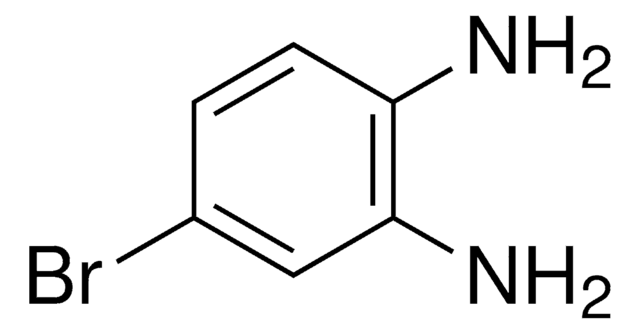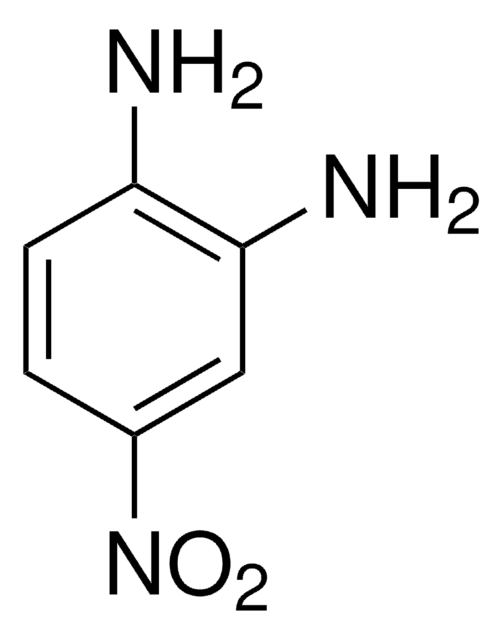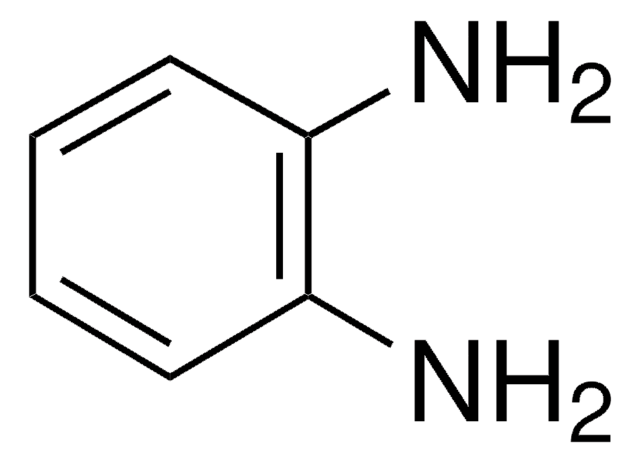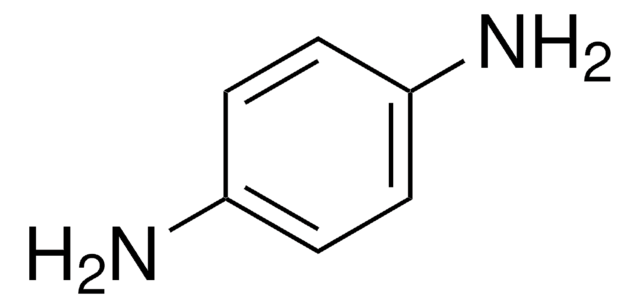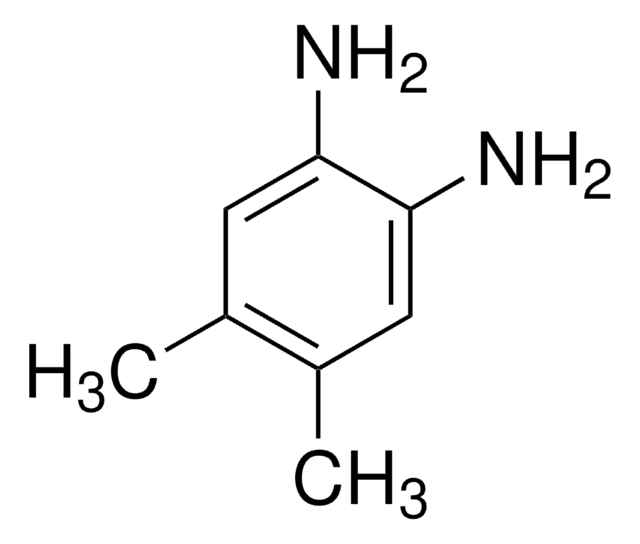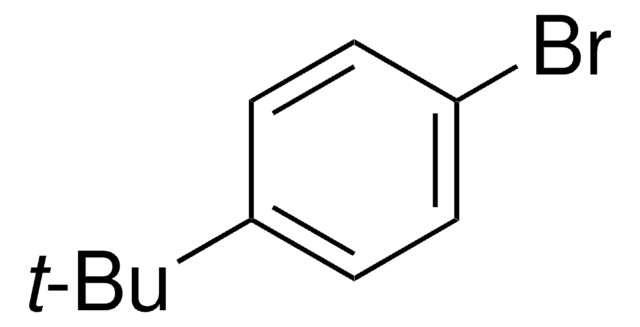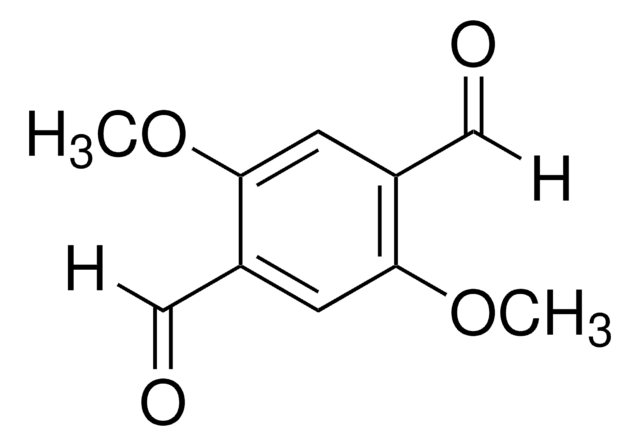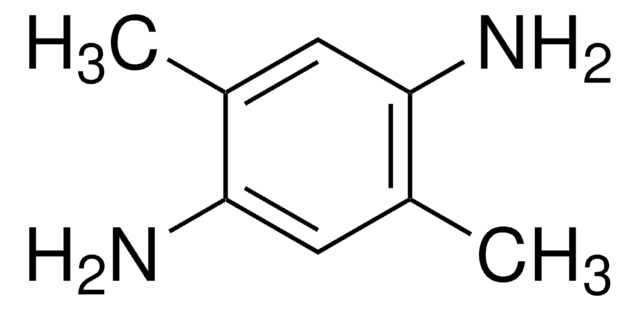116157
1,4-Dibromo-2,5-dimethylbenzene
98%
Synonym(s):
2,5-Dibromo-p-xylene
About This Item
Recommended Products
Quality Level
Assay
98%
form
solid
bp
261 °C (lit.)
mp
72-74 °C (lit.)
functional group
bromo
SMILES string
Cc1cc(Br)c(C)cc1Br
InChI
1S/C8H8Br2/c1-5-3-8(10)6(2)4-7(5)9/h3-4H,1-2H3
InChI key
QENIALCDPFDFHX-UHFFFAOYSA-N
Looking for similar products? Visit Product Comparison Guide
Related Categories
Application
Signal Word
Warning
Hazard Statements
Precautionary Statements
Hazard Classifications
Aquatic Chronic 2 - Eye Irrit. 2 - Skin Irrit. 2 - STOT SE 3
Target Organs
Respiratory system
Storage Class Code
11 - Combustible Solids
WGK
WGK 3
Personal Protective Equipment
Regulatory Listings
Regulatory Listings are mainly provided for chemical products. Only limited information can be provided here for non-chemical products. No entry means none of the components are listed. It is the user’s obligation to ensure the safe and legal use of the product.
JAN Code
116157-BULK:
116157-25G:
116157-100G:
116157-VAR:
Choose from one of the most recent versions:
Already Own This Product?
Find documentation for the products that you have recently purchased in the Document Library.
Customers Also Viewed
Our team of scientists has experience in all areas of research including Life Science, Material Science, Chemical Synthesis, Chromatography, Analytical and many others.
Contact Technical Service
